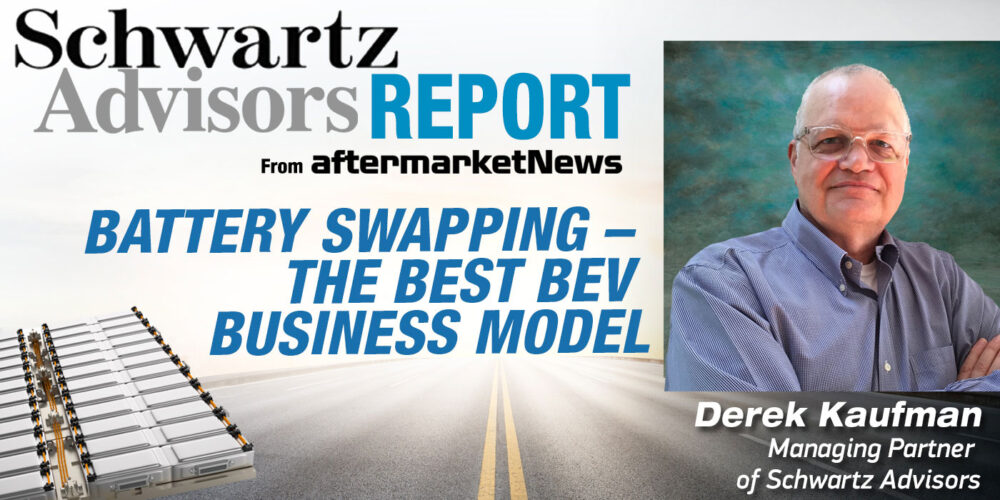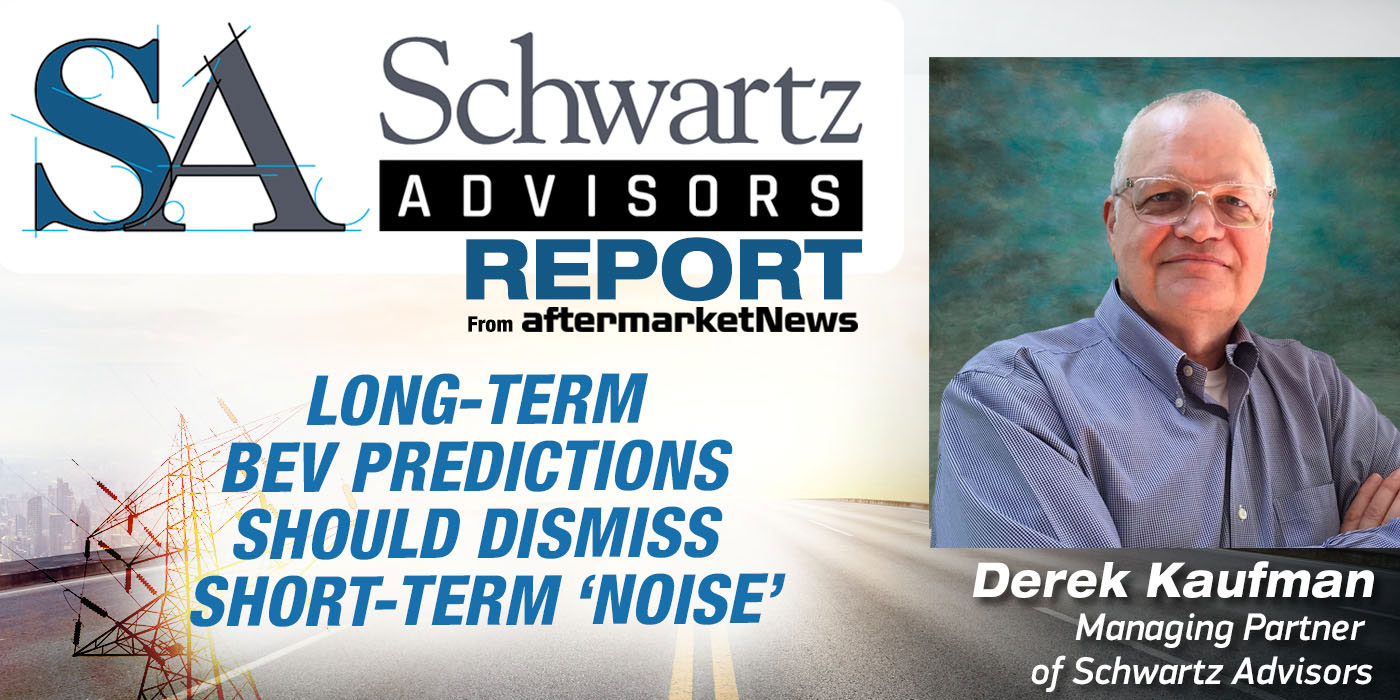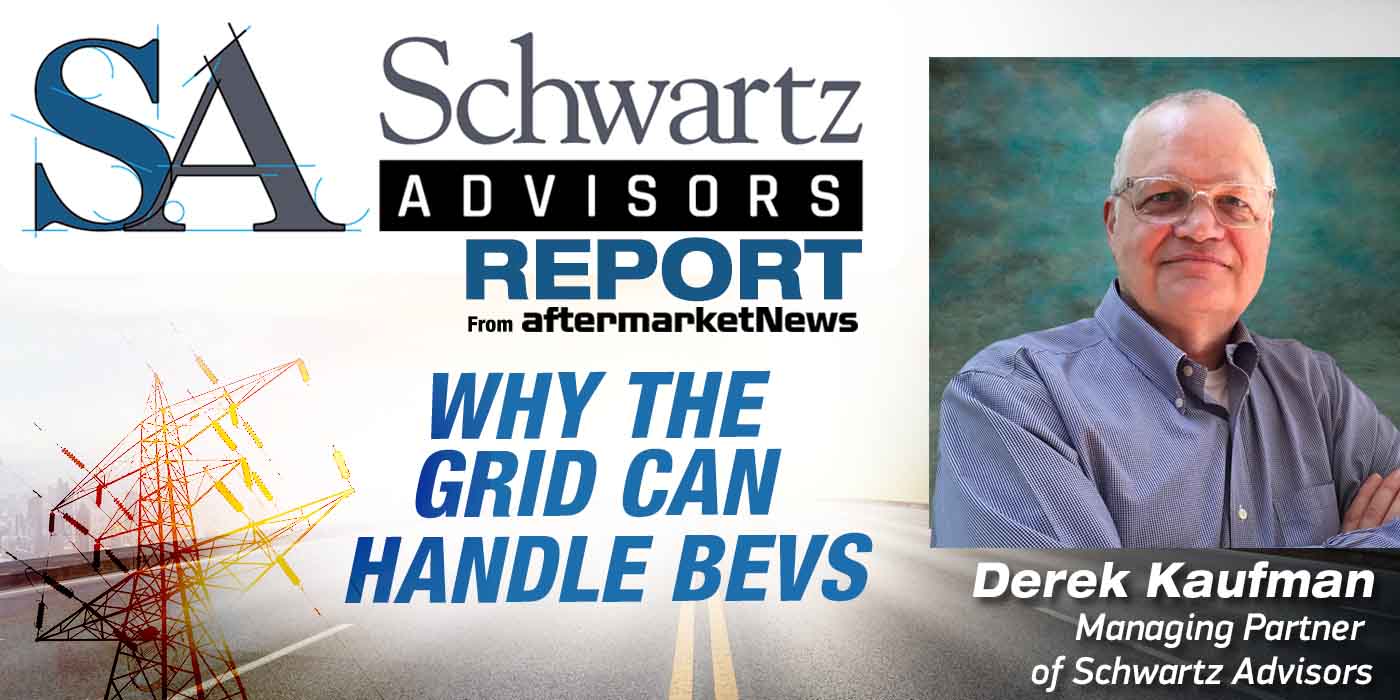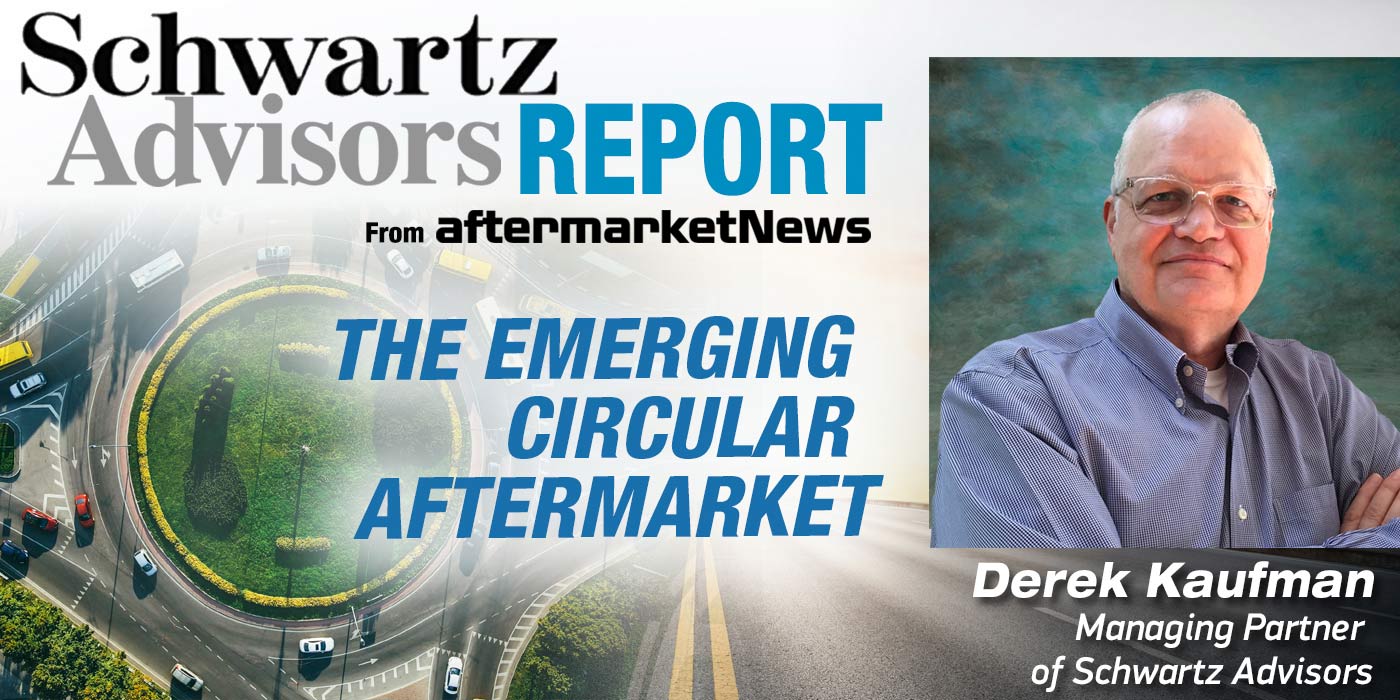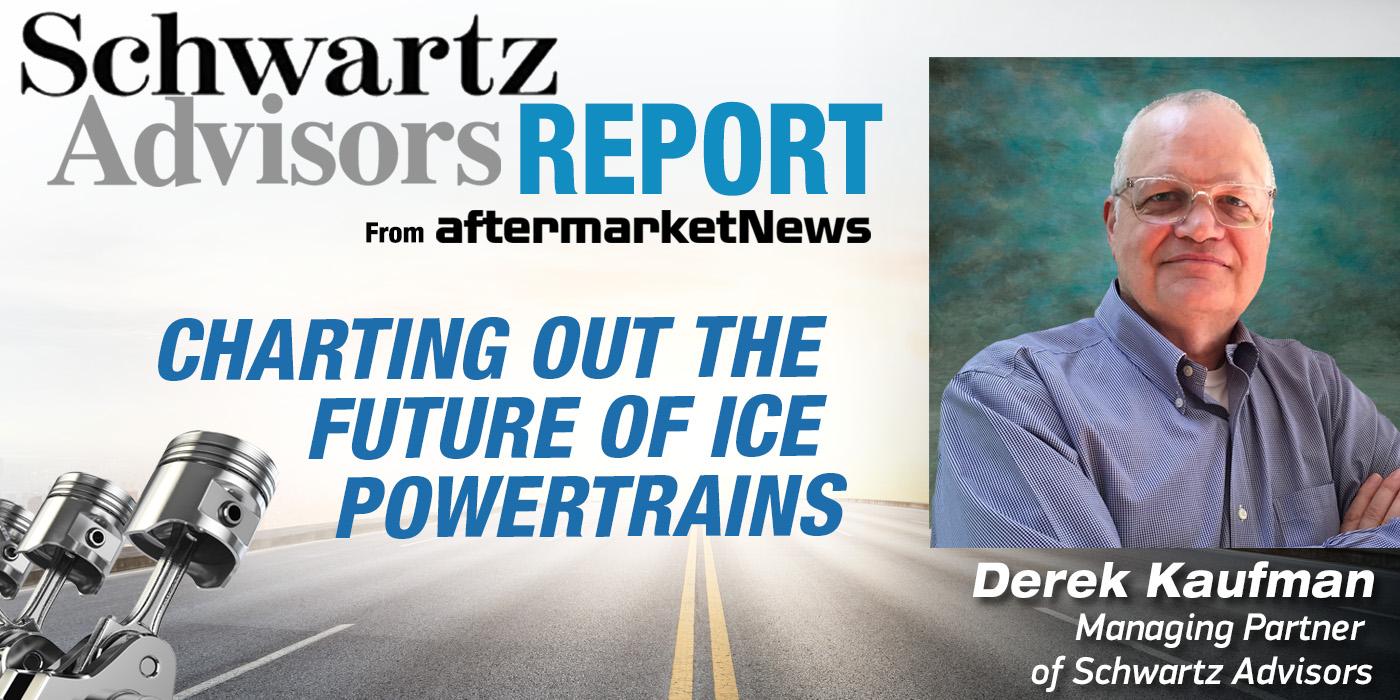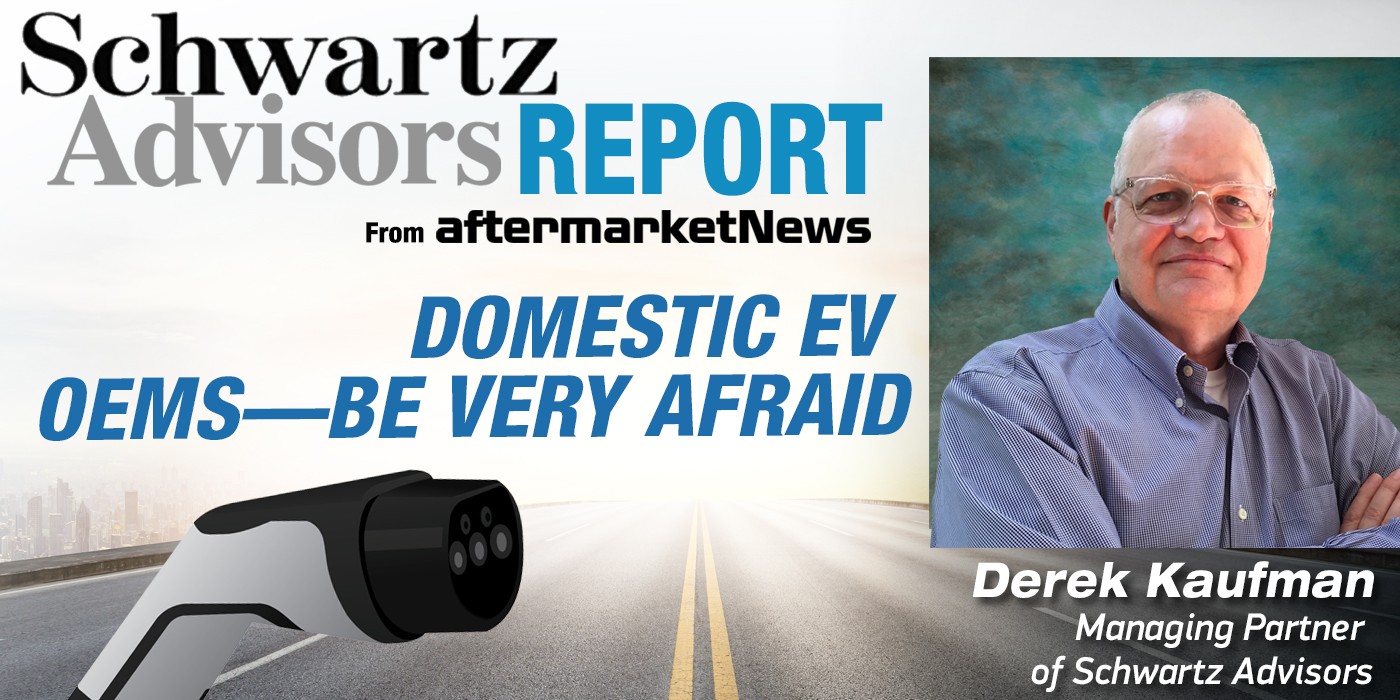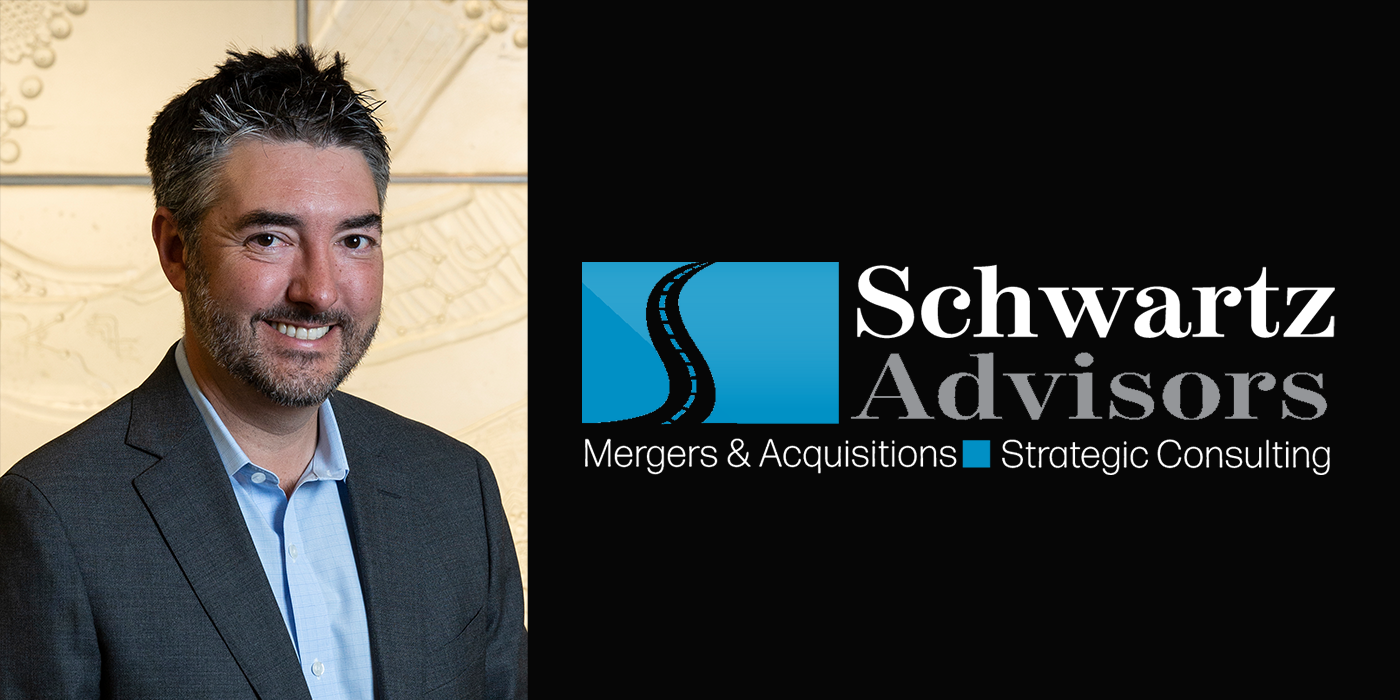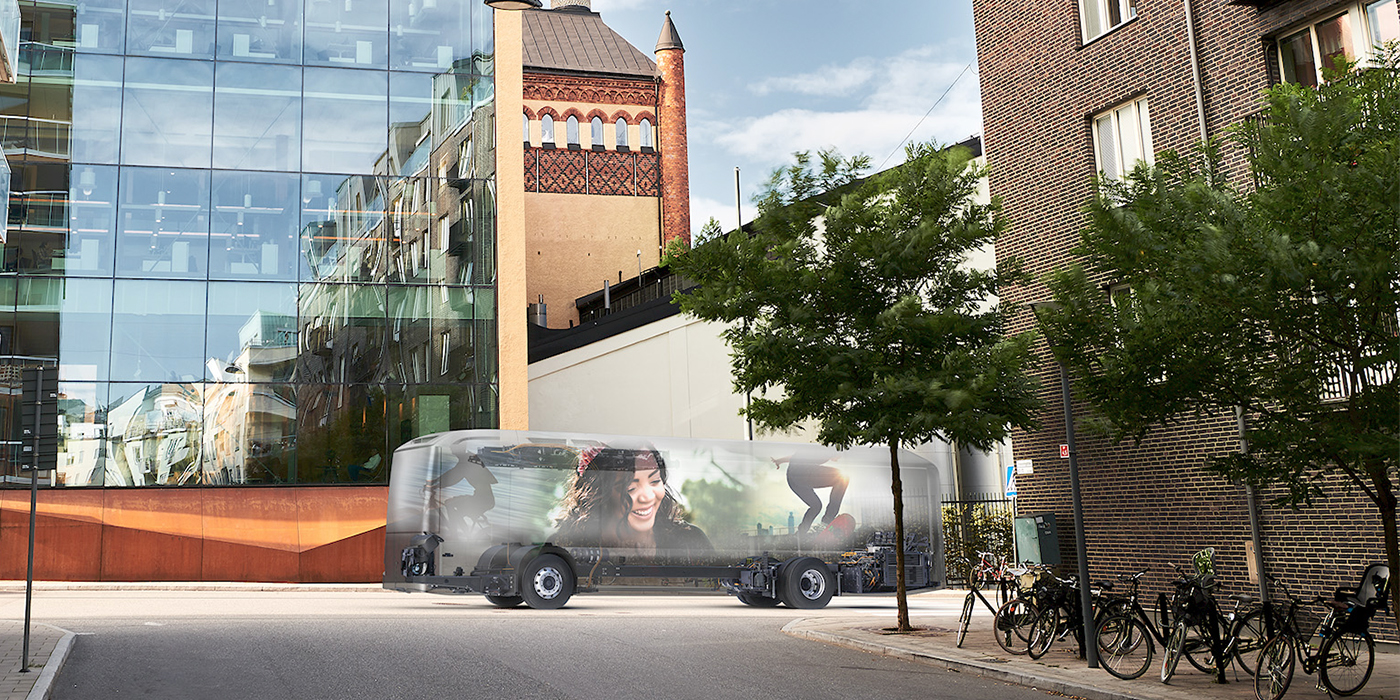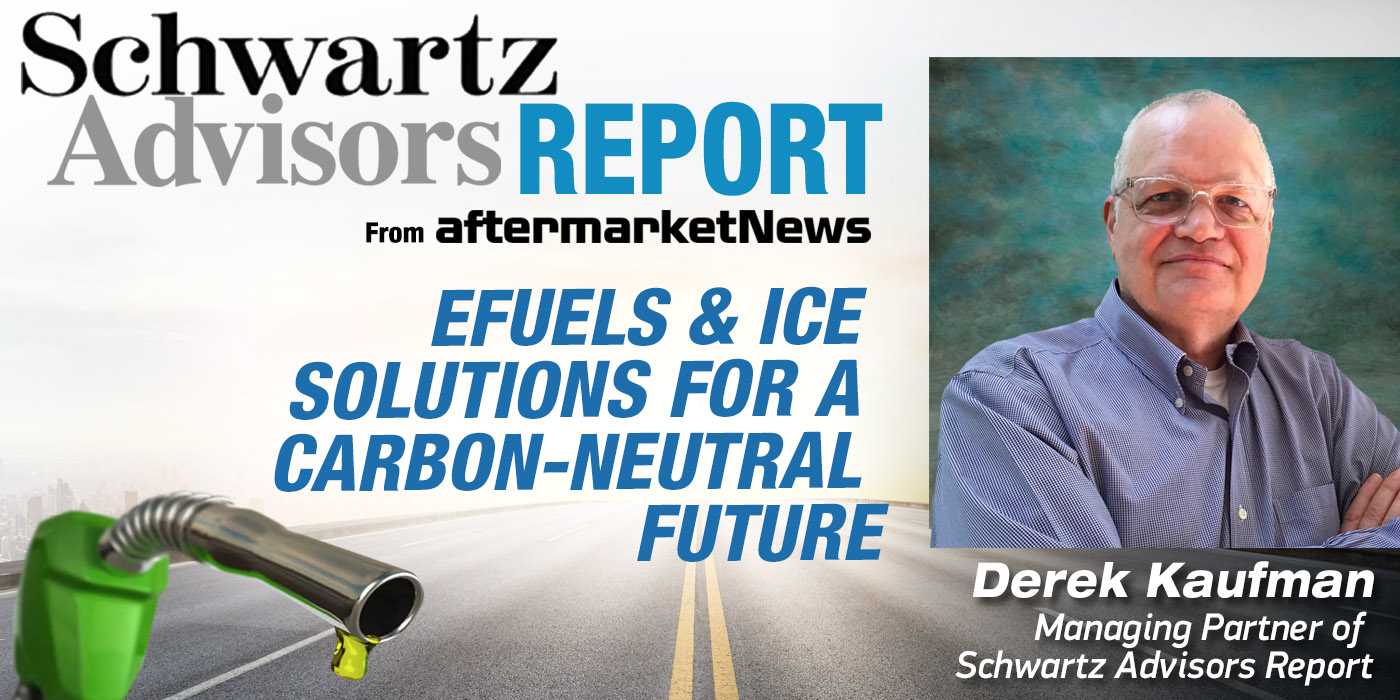The conventional wisdom associated with battery electric vehicles is that battery range plays a big role in vehicle brand equity. A BEV with a 400-mile range is more valuable than one with a 250-mile range. In this blog, I would like to suggest that battery swapping and the supply of “Batteries as a Service” (BaaS) is a superior way to build vehicle brand value. It is, in my opinion, the best BEV business model for OEMs and vehicle owners alike. I’ll tell you the tale of two BEVs to explain why.
BEV 1 is today’s typical battery-electric vehicle.
It has between 250 and 350 miles of range and is mostly used in town and commuting to and from work. In addition, It is charged 80% of the time at the vehicle owner’s home on a slow charge.
However, it is beginning to see more public charger use with a combination of Level 2 and Level 3 DC fast chargers – the length of charge and quality of power varies widely. With the ad hoc nature of charging that places stress on the grid in peak demand periods, 10 to 30 percent of public chargers are out of service at any given time.
As a result, the vehicle’s battery degrades just a little each time it is cycled from full charge to empty and recharged – batteries are thought to last 10 years and over 200,000 miles, but degradation to the 80% performance level has been seen in some battery brands at the six-year mark of vehicle age.
So, what about servicing the battery? Most battery packs are bespoke designs specific to the vehicle make and model – new “cell to pack” designs glue individual cells across the entire floor of the vehicle, which complicates battery service if removal is required.
When buying a BEV today, the battery’s cost contributes 30 to 40% of the new vehicle’s purchase price. Batteries are warranted for long periods as an incentive to buy the BEV, but those costs are passed on in the price of the car.
So, when you go to sell your used BEV, you are selling a degraded battery that lowers the car’s value. In addition, the battery’s high weight makes OEMs reduce the number of BEVs shipped to dealers.
BEV 2 is an electric vehicle from Chinese automaker NIO that utilizes a battery swap. Here’s how it works.
Similar to BEV 1, the vehicle has between 250 and 350 miles of range and is mostly used in town and for work commuting.
However, it is charged by running the car through a NIO battery swap station. In under five minutes, a robot arm removes the used battery modules and replaces them with new, charged ones. NIO’s module battery designs are standardized and work on all NIO vehicle models, which means any NIO vehicle can utilize one of these stations.
The NIO battery swap station also monitors charge times and grid load to optimize grid demand. If battery swap stations are full, NIO BEVs can also be charged with DC fast chargers from the company.
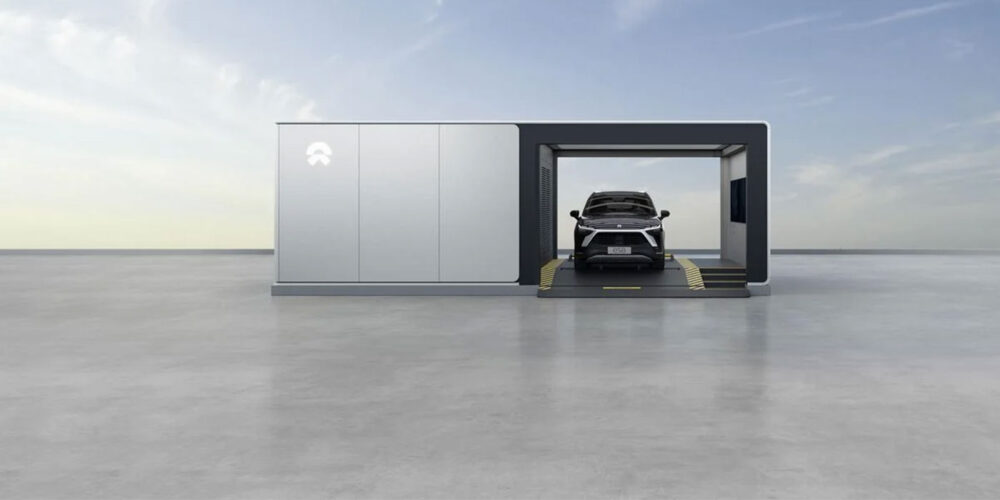
Unlike BEV1, the NIO BEV is purchased without a battery is 30 to 40% less expensive than other BEVs. That’s because the battery is leased or paid for on a “pay as you go” basis – no need for warranty coverage. That means that when it is time to sell your used car, you are not selling a degraded battery. Therefore, the resale value is higher.
NIO can also ship full loads of their BEVs because they do not have the battery weight penalty. At the same time, the company enjoys the recurring revenue of the battery lease program and is also in more in control of the uptime of the swap stations.
While NIO is pioneering the swap concept, companies like Ample and CATL are also joining the game. NIO is running over 1,400 swapping stations in China today, and they have partnered with Shell Oil to put stations in Europe. Each station can do over 400 swaps per day. Since its formation in 2014, NIO has done over 28 million swaps. It’s fun to start my day by going to their real-time tracker to watch swaps in action.
Ample in Palo Alto, Calif., has an innovative take on the concept – they have simplified the station design to reduce installation costs, and they are white labeling the work so vehicle OEMs can brand the stations. Fisker, Nissan, Stellantis and five other OEMs are working with them on swapping right now, and the investment community has noticed. Ample has reached unicorn status with a valuation of over $1 billion with notable investors including Royal Dutch Shell, Repsol, Eneos, Banco Santander and most recently, Blackstone. Ample has also partnered with Uber to offer battery-swapping services to Uber drivers in California, with plans to expand the partnership to Europe. It also is entering the Japanese market in partnership with Eneos.
And now the Big Kahuna is getting in – CATL – the largest BEV battery producer in the world has partnered with EVOGO to build its own swapping network. The company is taking the concept into trucking as well.
People will argue that the infrastructure costs of placing swap stations are prohibitive and will limit the swap station concept to urban areas. Guess what? Most BEV cars are already limited to urban areas, and I see Ample and CATL targeting shared vehicle fleets as their first applications in city centers. Beyond OE dealerships, I see gas stations, car washes and quick lube facilities as ripe territories for battery-swapping expansion.
This series is presented by Schwartz Advisors. For more information click here.

